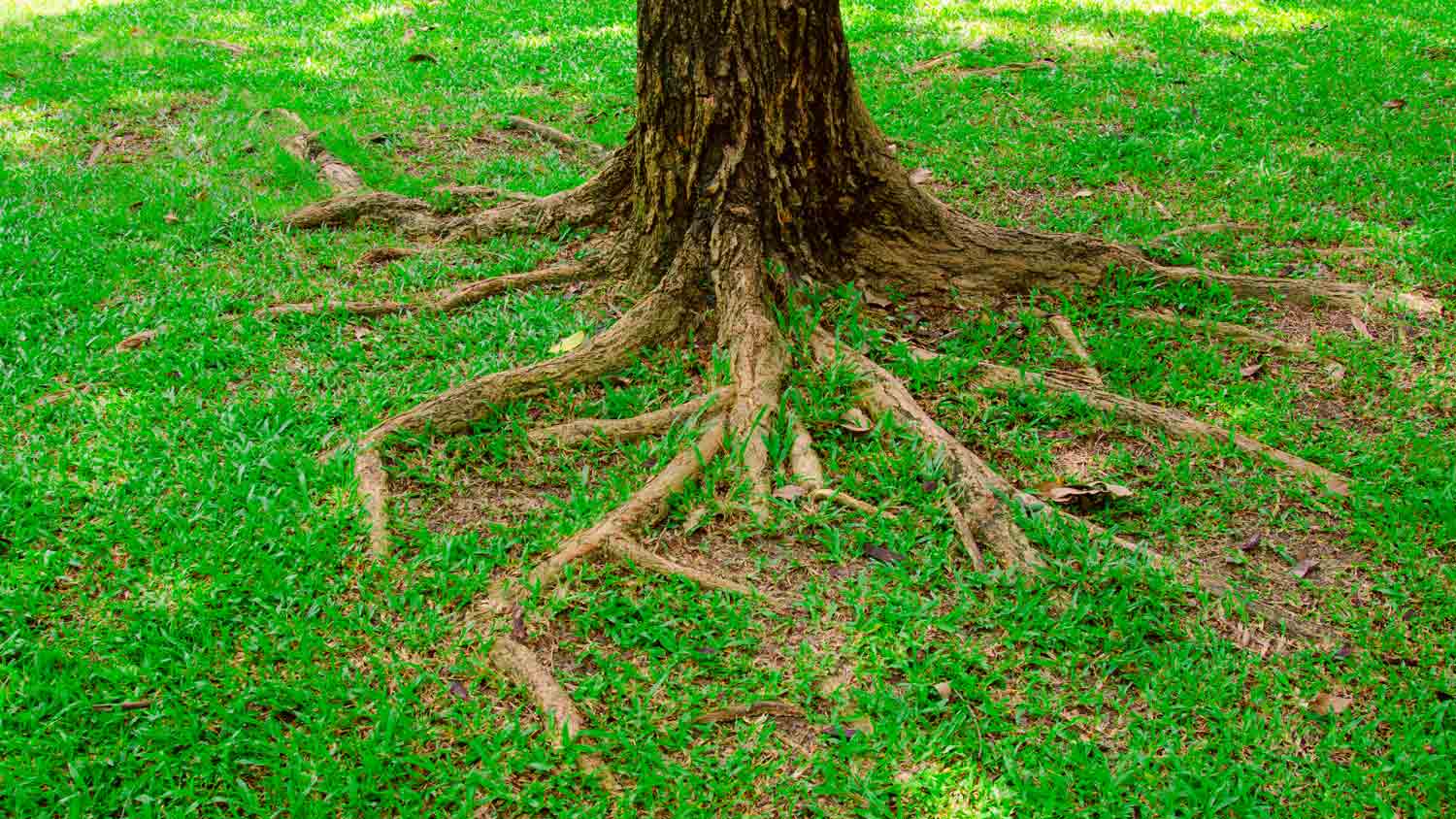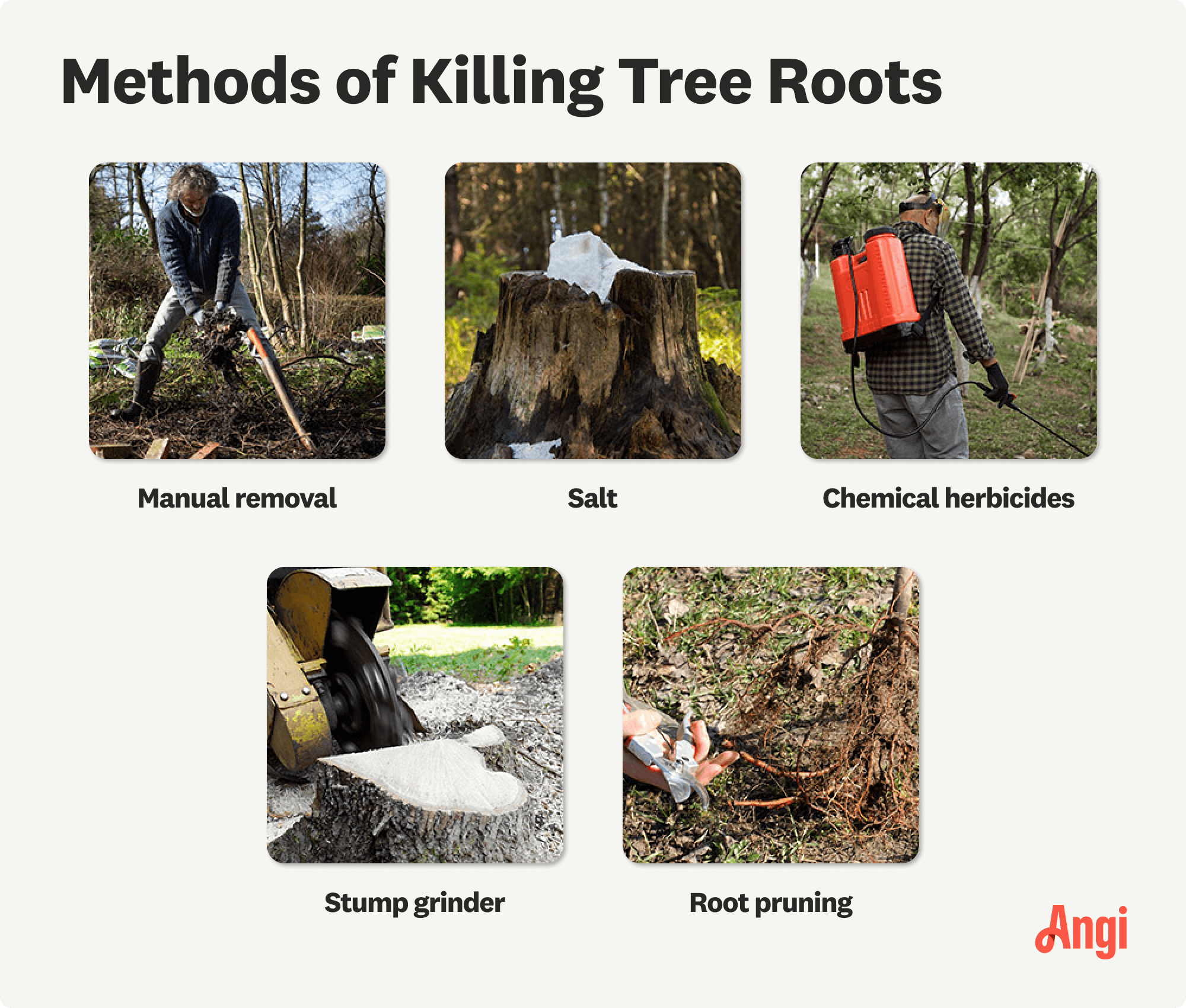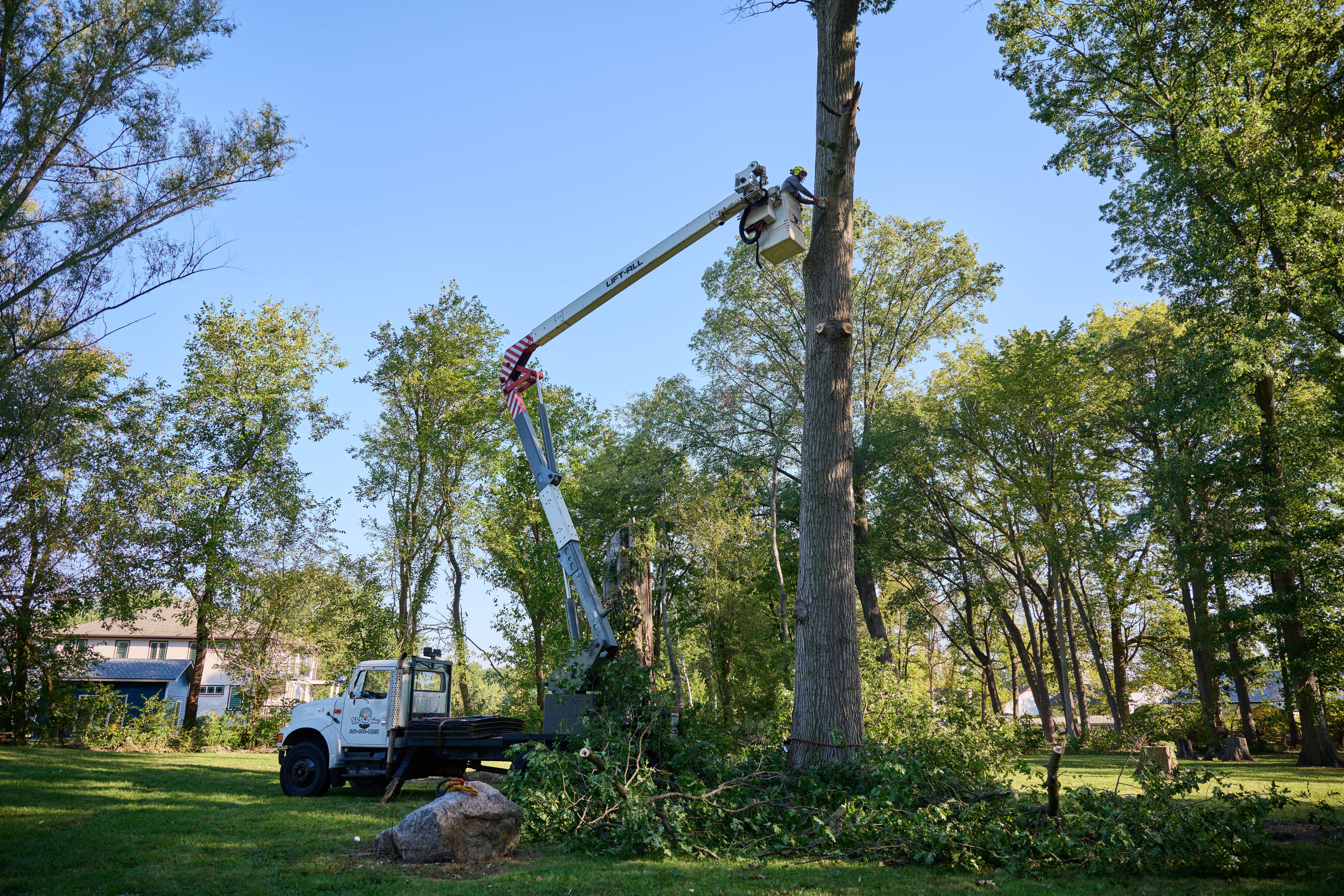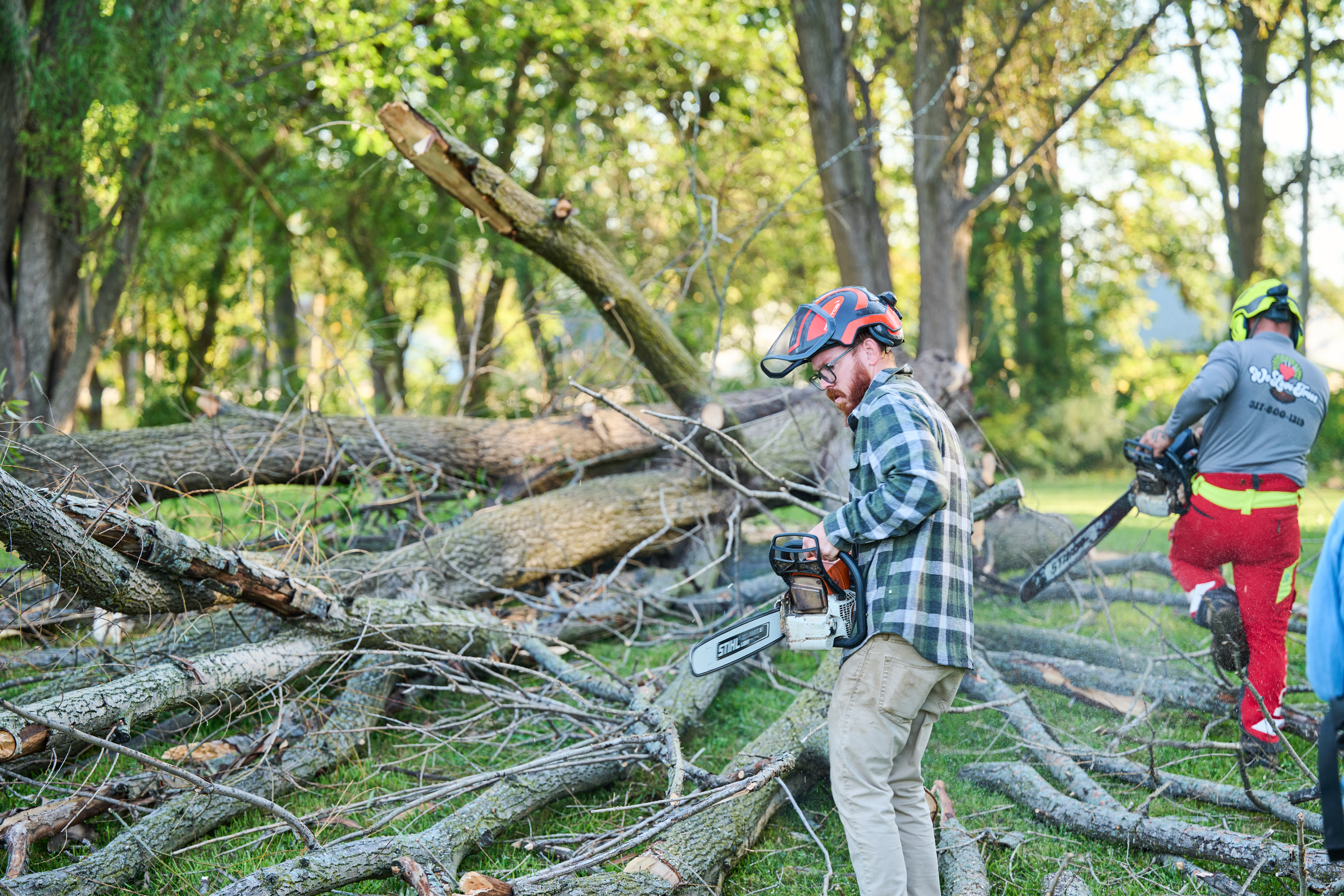
Trimming your bushes is one of the less costly aspects of landscaping, and it’s helpful to bundle many trimming services together to save money.
Climate conditions can dictate a tree's root growth


Tree roots can grow during dormancy if the soil temperature remains above freezing.
Most tree root growth happens during late spring and early summer.
Tree root growth resumes once the ground temperature rises above the freezing point.
Caring for trees during the winter is different from other times of the year. Many types of trees, such as oaks, birches, and maples, experience dormancy during the coldest months of the year.
Let’s dig into the details of whether trees grow roots during dormancy, when they grow fastest, and whether a tree stump can still grow roots.
Whether trees grow roots during dormancy depends on the ground’s temperature and the overall climate. When the soil temperatures reach below freezing, root growth stops, and it won’t resume until the ground temperature rises above the freezing point. Although trees can grow roots during dormancy if climate conditions are right, the growth is typically much slower than other times of the year.
Dormancy is a period when plants and trees enter a state of “rest” and temporarily stop growing. It is caused by reduced temperatures and sunlight, occurring during late fall and winter. When a tree enters dormancy, it conserves energy and resources, allowing it to survive the harsh conditions of the winter season and prepare for the growing season.

Since deciduous trees enter dormancy during the winter, they tend to grow most during late spring and early summer. If temperatures remain above freezing, some trees can grow roots into the fall, too. However, as the temperatures get colder, root growth slows down.
To care for a growing tree during dormancy, add a layer of mulch around the tree out toward the drip line, which can help regulate the ground temperature and protect the tree’s roots.

There are many methods for killing tree roots, including chemical herbicides, manual removal, and root pruning. It’s best to hire a tree service professional to remove pesky root systems, especially if they’re interfering with your landscaping or sidewalk, because it will require specialized tools and experience.
If you have tree roots growing out of a stump leftover from a cut-down tree, you’ll need to remove the stump entirely to get rid of the troublesome roots. Hire a stump removal company near you to get rid of the stump and remove the roots to prevent potential damage. The amount it will cost to remove a stump and the roots varies depending on its size, location, and removal method used, but you can expect to pay between $200 and $700.
From average costs to expert advice, get all the answers you need to get your job done.

Trimming your bushes is one of the less costly aspects of landscaping, and it’s helpful to bundle many trimming services together to save money.

The most significant factor in tree removal costs is the amount of debris. Read on to learn more about the average tree debris removal costs.

Get a clear estimate of palm tree maintenance cost, including trimming, fertilization, and pest control, so you can keep your palms healthy and your budget on track.

Trees are fantastic marvels of nature, but they can also be large and cumbersome. Can you get the city to trim or remove a tree for free? Keep reading to find out.

Wondering how to tell if a tree is overwatered or underwatered? This guide covers the signs to look out for and how to intervene.

Learn what a maple tree looks like, whether you want to make your neighborhood walks more entertaining or find trees suitable for your yard.